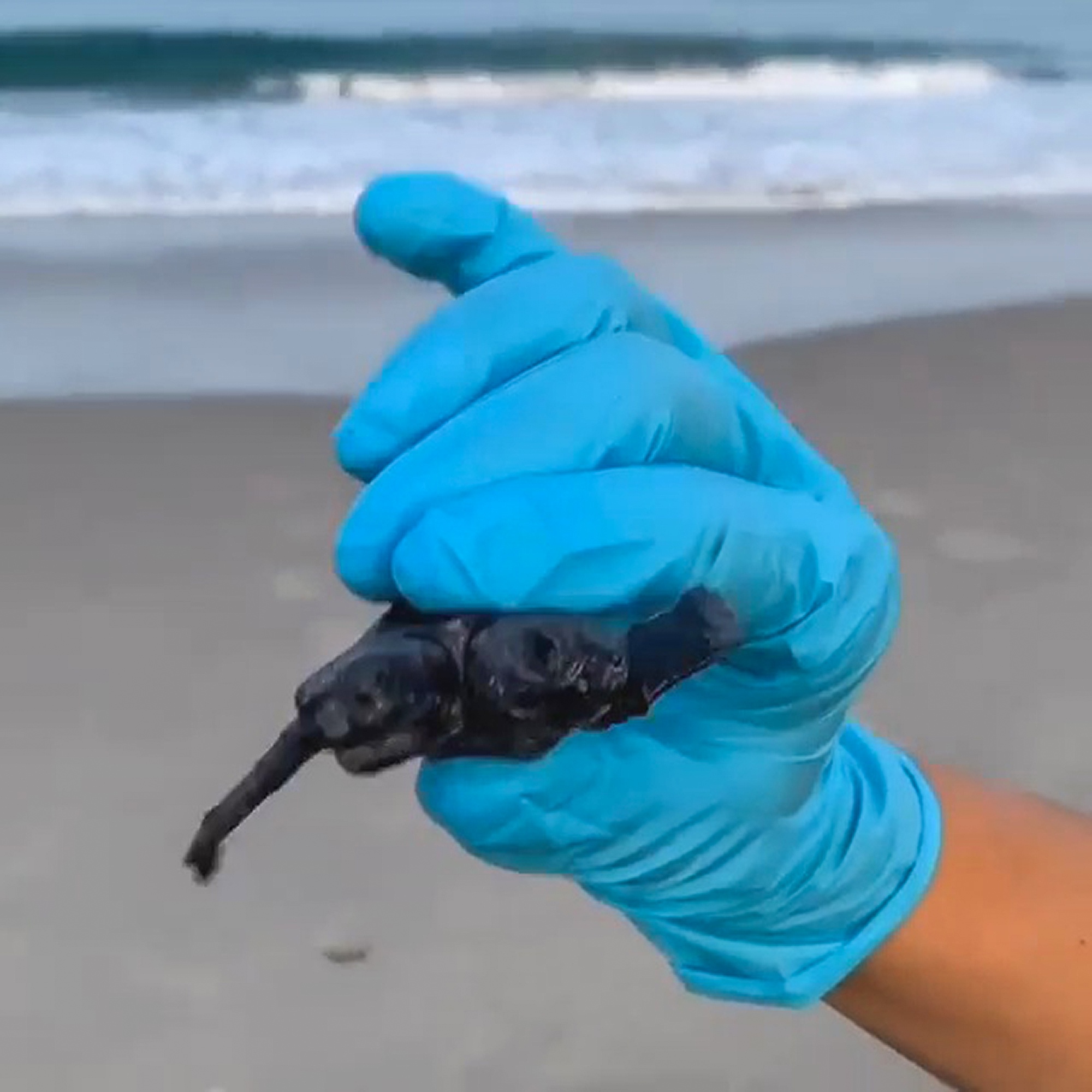Scientists in Germany have reanimated a roundworm from the Siberian permafrost that had laid dormant for nearly 50,000 years.

Researchers at the Max Planck Institute in Dresden, Saxony State, thawed the long-extinct worm retrieved from a burrow 40 metres (131 feet) below the surface.
Some animals, such as tardigrades, rotifers, and nematodes – like the reanimated roundworm – can survive otherwise lethal conditions by going dormant.
The state – known as ‘cryptobiosis’ allows them to be close to death until more favourable conditions emerge.
The team had applied radiocarbon analysis to find out that the nematodes had not thawed since the late Pleistocene era.
The period- approximately 46,000 to 48,000 years ago – was when woolly mammoths inhabited the earth.
This was significant because each time cells are frozen it causes damage and if the initial freeze was quick enough the damage would have been minimal.
The researchers from the Max Planck Institute of Molecular Cell Biology and Genetics (MPI-CBG) cooperated with experts at Cologne University, North Rhine-Westphalia State, to conduct a high-quality genome assembly of one of the permafrost roundworms.
In a statement from 27th July, the MPI-CBG said: “Despite having DNA barcoding sequences and microscopic pictures, it was difficult to determine whether the permafrost worm was a new species or not.”
University of Cologne zoologist Dr Philipp Schiffer – an expert on biodiversity genomics research – analysed its genome with his team.
Scientists eventually identified the roundworm as a new species which they decided to call ‘Panagrolaimus kolymaensis’ after Siberia’s Kolyma River region where it was found.
Prof Schiffer explained: “Our findings are essential for understanding evolutionary processes because generation times can range from days to millennia and because the long-term survival of a species’ individuals can result in the re-emergence of lineages that would otherwise have gone extinct.”
The Cologne University scientist added: “I’m convinced that studying the adaptation of species to such extreme environments by analysing their genomes will allow us to develop better conservation strategies in the face of global warming.”
The roundworm was discovered in the Siberian permafrost by scientists from the Russian Institute of Physicochemical and Biological Problems in Soil Science in 2018.
Underlining the nematodes’ capabilities and the researchers’ success the institute explained: “They showed that the biochemical mechanisms employed by Panagrolaimus kolymaensis to survive desiccation and freezing under laboratory conditions are similar to those of a life-cycle stage in the important biological model Caenorhabditis elegans.”
Researcher Vamshidhar Gade said: “What molecular and metabolic pathways these cryptobiotic organisms use and how long they would be able to suspend life are not fully understood.”
He added: “Overall, our research demonstrates that nematodes have developed mechanisms that allow them to preserve life for geological time periods.”










